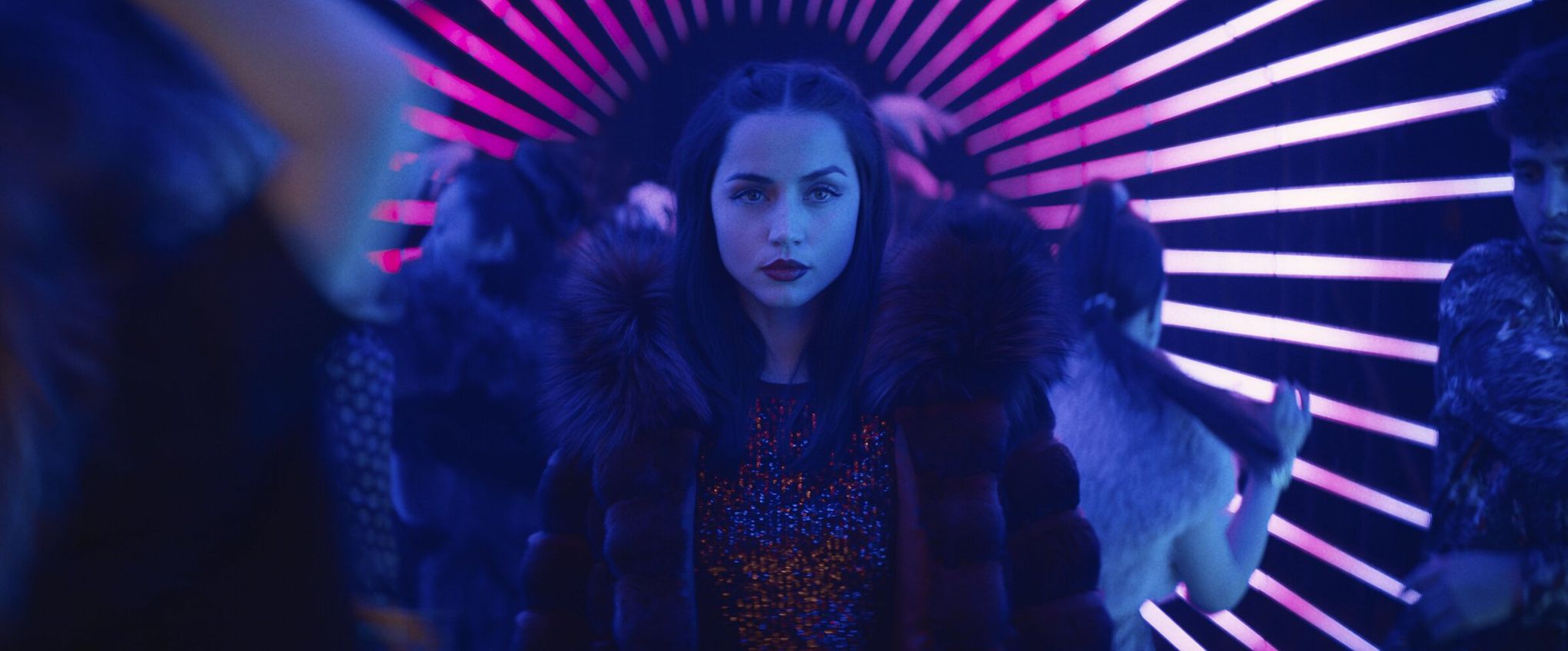For as long as it has existed, Pixar has been a studio with plenty of hits and plenty of behind-the-scenes issues. When “Elio” was first announced back in 2022, it had a different plot and director to the version now playing in theaters, and there is some irony to the fact that a tale like this was almost abandoned and restarted at some point during production. With a pair of new directors/co-writers Madeline Sharafian (“We Bare Bears”) and Domee Shi (“Turning Red”) and co-writers Julia Cho (“Turning Red”), Mark Hammer (“Shotgun Wedding,” “Two Night Stand”), Mike Jones (“Soul,” “Luca”), and a new crack at the story, Pixar’s latest seems to have faced quite the uphill battle even before arriving in theaters.
The film follows the titular eleven-year-old boy Elio, played by Yonas Kibreab (“Merry Little Batman”), living with his aunt Olga, played by Zoe Saldaña (“Guardians of the Galaxy,” “Avatar”), after the death of his parents. After constantly butting heads with his aunt, Elio is unexpectedly whisked into deep space to the Communiverse: a grand meeting of representatives from all corners of the galaxy. As the believed leader of Earth, he volunteers to attempt to broker negotiations between the Communiverse and the violent warmonger Lord Grigon, played by Brad Garett (“Everybody Loves Raymond,” “Gleason”). However, things go awry after Elio meets Grigon’s pacifist son Glordon, played by Remy Edgerly.
As one can expect from Pixar at this point, there’s a hearty dose of emotional catharsis on display throughout all of “Elio.” The film spends a lot of its runtime examining Elio’s loneliness and the healthy and unhealthy ways he attempts to counter it. The third act in particular draws heavily from these ideas, and the connections explored between Elio and Olga and Elio and Glordon are the film at its absolute best. The writers have a gift for getting into the details of these conversations and that, mixed with Pixar’s highly detailed animations, make for a movie that nails the same kind of emotional ballet that the studio has always been known for. It might not be their most unique work, but it all comes together by the end and it's effective, nevertheless.
Kibreab is an absolutely fantastic, charming, and funny protagonist that carries the film on his short shoulders. He gives one of the better child voice acting performances in recent memory, and he has excellent chemistry with Saldaña and Edgerly. Saldaña as well, for all her preexisting science fiction work, taps into something here that’s far more emotionally grounded than a lot of her previous works and definitely a step above the typical celebrity voice acting most Hollywood animated films are saddled with. Edgerly is also great, though his character feels a bit more two-dimensional than Elio, and the rest of the film is peppered with very funny, but scant vocal roles from various character actors such as Brendan Hunt (“We’re the Millers,” “Ted Lasso”), Naomi Watanabe (“Sailor Moon Eternal”), Shirley Henderson (“Trainspotting,” “Stan & Ollie”), Ana de la Reguera (“Nacho Libre,” “The Forever Purge”), and Matthias Schweighöfer (“Army of the Dead,” “Valkyrie”).
There’s a typically gorgeous amount of animation on display, but “Elio” has a decidedly smaller scale than previous Pixar fare. Ironic given that it's set on Earth and in outer space, but it is confined mostly to a handful of locations, letting each breathe with specific details and aesthetics. A lively electronic musical score from Rob Simonsen (“500 Days of Summer,” “Deadpool & Wolverine”) is peppered throughout and helps to further establish the film’s identity. The film’s auditory identity is particularly excellent, not just with its musical score but the sound design and use of a reoccurring Carl Sagan quote as well.
Among other Hollywood animation studios, Pixar has always maintained a very specific, “calmer” vibe with its films, avoiding pop culture or meme references embraced by some other studios. But even among their own films, “Elio” has a different vibe. The film embraces different feelings of loneliness and at times can almost have an atmospheric, peaceful nature that sets it apart from the rest of the studio’s catalog. While those vibes and ideas do make it different, it explores them in much the same way most other animated family films do. Meaning the meat of the film is interesting and clearly something different, but it's just prepared in a plainer way.
“Elio” continues Pixar’s streak of excellent, thought provoking, emotional animated adventures anyone can enjoy. While it might not be as creatively told as some of the studio’s best, you’d still be hard pressed not to enjoy this meditative, funny, and thoroughly charming tale of loneliness and exploration amongst the stars. 4.5/5
.jpg)


.png)
.png)







.jpg)





(1).png)

.jpg)
